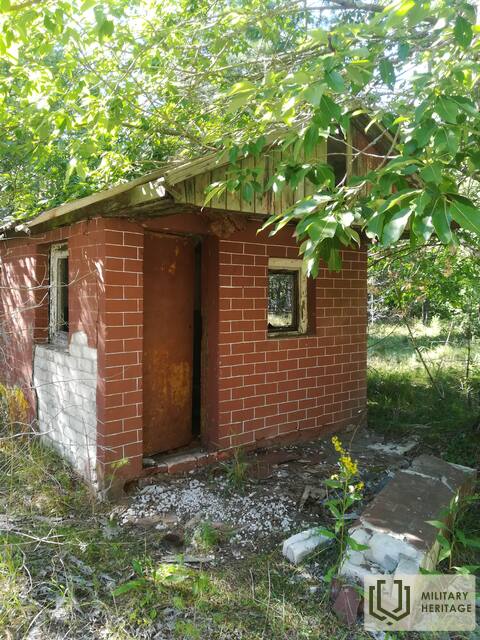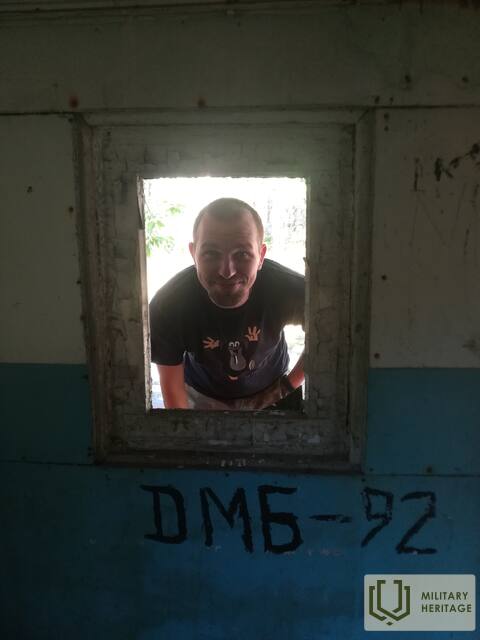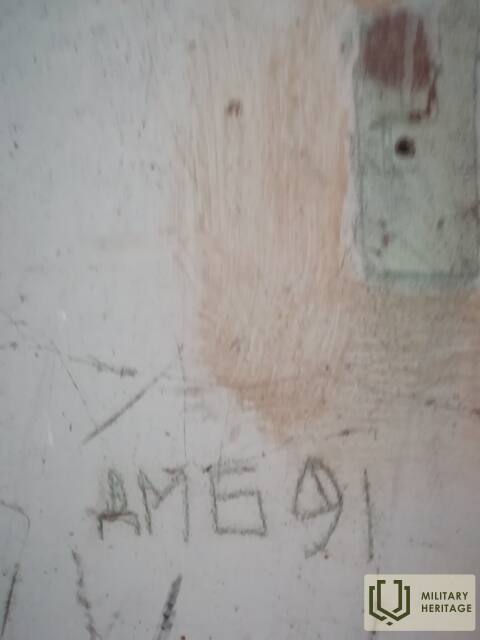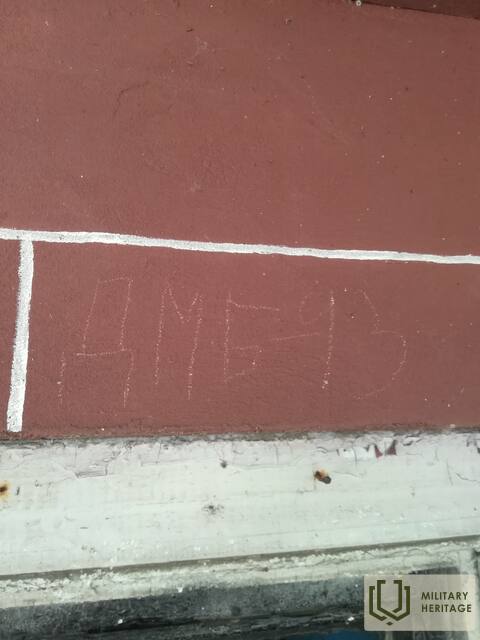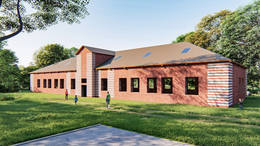Krasnoflotskajos laiškų kratinys
Sovietmečiu buvo įdomių incidentų su „Krasnoflotskajos“ pavadinimu ir geografine vieta.
„Krasnoflotskajos“ pavadinimas ir geografinė padėtis sovietmečiu buvo kupini įdomių nutikimų. Sovietmečiu skirtingose didelės sovietinės šalies vietovėse veikė kelios „Krasnaflotskajos“, todėl paštas dažnai būdavo painiojamas.
Leningrado srityje „Krasnoflotskaja“ buvo geležinkelio stotis, o Kaliningrado srityje – „Krasnoflotskajos kaimas“.
„Krasnoflotskaja“ – Krymo geležinkelio krovinių ir keleivių geležinkelio stotis Džankoje–Vladislavovkos linijoje. 1952 m. ji buvo pavadinta Krasnoflotskaja sovietinių jūreivių garbei.
Dėl pašto darbuotojų ar siuntėjų neatsargumo siuntiniai galėjo atsidurti įvairiuose Krasnoflotskio pašto skyriuose visoje didžiulėje Sovietų Sąjungoje.
Krasnoflotskas – išardyta geležinkelio stotis Leningrado srities Lomonosovo rajone.
Krasnoflotskoye – kaimas Kaliningrado srities Zelenogradskio rajone.
Krasnoflotskaya yra Krymo geležinkelio krovinių ir keleivių geležinkelio stotis Dzhankoy - Vladislavovka linijoje. 1952 m. jis buvo pavadintas „Krasnoflotskaja“ sovietų jūreivių garbei
Susijusi laiko juosta
Susijusios vietos
Olmano baterija Nr. 456 (sovietų karinė bazė „Krasnoflotska“)
Pirmosios pakrantės gynybos baterijos Irbės sąsiaurio gynybai buvo pastatytos po 1912 m., kai buvo patvirtintas Baltijos laivyno minų ir artilerijos gynybos pozicijų planas, kuriame buvo numatytos kelios pakrantės gynybos baterijos ir jūros minų statymas.
Irbės sąsiaurio pozicija buvo toliausiai į pietus, o jos užduotis buvo užblokuoti bet kokį priešo patekimą į Rygos įlanką. Pagrindinis dėmesys buvo skiriamas jūrinėms minoms, kurių dešimtys tūkstančių buvo padėti Irbės sąsiauryje Pirmojo pasaulinio karo metu Baltijos laivyno laivai. Tik 1916 m. Saremos salos pietiniame gale, Sorvės kyšulyje, pradėtos statyti pakrantės gynybos baterijos. Iš viso buvo pastatytos septynios baterijos, o 43-ioji baterija buvo aprūpinta 305 mm pabūklais. Latvijos Irbės sąsiaurio pakrantėje gynybos baterijų nebuvo pastatyta.
Net ir įkūrus Latvijos Respubliką, Latvijos armija ir karinis jūrų laivynas neįrengė artilerijos pozicijų Irbės sąsiauriui ginti.
Padėtis pasikeitė po 1939 m. spalio 5 d. Latvijos Respublikos ir SSRS savitarpio pagalbos pakto, kuris numatė Raudonosios armijos ir Baltijos karinio jūrų laivyno kontingento dislokavimą Kuržemėje. Sovietų Sąjungos planuose taip pat buvo numatyta sukurti pakrantės gynybos sistemą pagal 1912 m. planą su patobulinimais. Buvo numatyta pastatyti pakrantės gynybos baterijas Liepojos tvirtovės vietoje, naujas baterijas į pietus nuo Ventspilio (46-oji baterija) ir dvi baterijas siauriausioje Irbės sąsiaurio dalyje netoli Mikeltornio. Jau po Latvijos okupacijos ir aneksijos Baltijos karinio jūrų laivyno pakrantės gynybos planai buvo papildyti ir iki 1941 m. birželio mėn. buvo planuojama įkurti 207-ąją artilerijos diviziją su penkiomis baterijomis šiaurinėje Kuržemės dalyje. Mikeltornio apylinkėse turėjo būti įrengtos dvi baterijos – 40-oji baterija Lūžnoje su 130 mm B-13 pabūklais gelžbetoniniuose įtvirtinimuose ir 117-oji baterija Olmaniuose (vieta Latvijos armijos žemėlapiuose pažymėta Ķesteriais) su 152 mm MU-2 pabūklais. Kadangi 152 mm pabūklų kūrimas nebuvo baigtas, ant baterijos gelžbetoninių įtvirtinimų buvo pastatytos laikinos medinės platformos ir sumontuoti dar keturi 130 mm pabūklai. Abi baterijos buvo baigtos iki 1941 m. birželio mėn., tačiau kare prieš vokiečių 291-ąją pėstininkų diviziją baterijų nepavyko aptikti, todėl jų įgulos persikėlė į Saremos salą.
Antrojo pasaulinio karo pabaigoje Vokietijos armijų grupė „Kuršas“ gana rimtai svarstė galimus sovietų išsilaipinimus šiaurinėje Kuršo dalyje, ypač ištirpus ledui Suomijos įlankoje ir vakarinėje Estijos pakrantėje. Visoje Kuršo pakrantėje buvo dislokuotos savadarbės pakrantės gynybos baterijos. Sovietų Sąjungos 40-oji baterija „Gerate Batterie Sommer“, priklausanti 289-ajai artilerijos divizijai, su dviem 122 mm sovietinėmis haubicomis, buvo dislokuota gelžbetoninėse pozicijose netoli Lužnės. 117-osios baterijos pozicijų rajone buvo 530-osios artilerijos divizijos 2-oji baterija su trimis 152 mm sovietinėmis trofėjinėmis patrankomis, trimis 37 mm zenitiniais dronais, vienu 20 mm keturių vamzdžių zenitiniu dronu, dviem 75 mm prieštankinėmis patrankomis ir dviem minosvaidžiais apšvietimui.
Pasibaigus aktyviems karo veiksmams 1945 m. gegužę, SSRS pradėjo atkurti pakrantės gynybos sistemą Kuržemės pakrantėje. 1945 m. rudenį netoli Olmanių ūkio, kuris buvo pervadintas į „Krasnoflotskaja“, buvo dislokuota laikina 456-oji baterija su 152 mm Kane sistemos pabūklais.
1952 m. laikini baterijos pabūklai buvo pakeisti naujausiais 152 mm MU-2 ginklų sistemomis. Bateriją sudarė keturios gelžbetoninės pabūklų pozicijos, gelžbetoninis vadovavimo postas su tolimačio bokšteliu ir techniniai pastatai. Baterijos statyba buvo baigta 1958 m.
1958 m., išmontavus Lūžnios pakrantės gynybos bateriją, ją pakeitė mobili 130 mm SM-4-1 patrankų baterija Nr. 343. Mobiliosios patrankos neturėjo gelžbetoninių patrankų lizdų, tačiau buvo pastatytos kelios rąstų ir smėlio konstrukcijos.
343 baterija veikė iki septintojo dešimtmečio pradžios, o 456 baterija – iki 1975 m., kai buvo išsaugota. Baterijų pozicijose buvo dislokuoti S-125 oro gynybos raketų kompleksai, taip pat 10-asis pakrantės gynybos artilerijos-raketų pulkas su CP-2 „Sopka“ raketų kompleksais, o infrastruktūra buvo atitinkamai modifikuota.
Sovietų armija Olmanių ir Lūžnių baterijų infrastruktūrą Latvijos Respublikai perdavė 1993 m.




